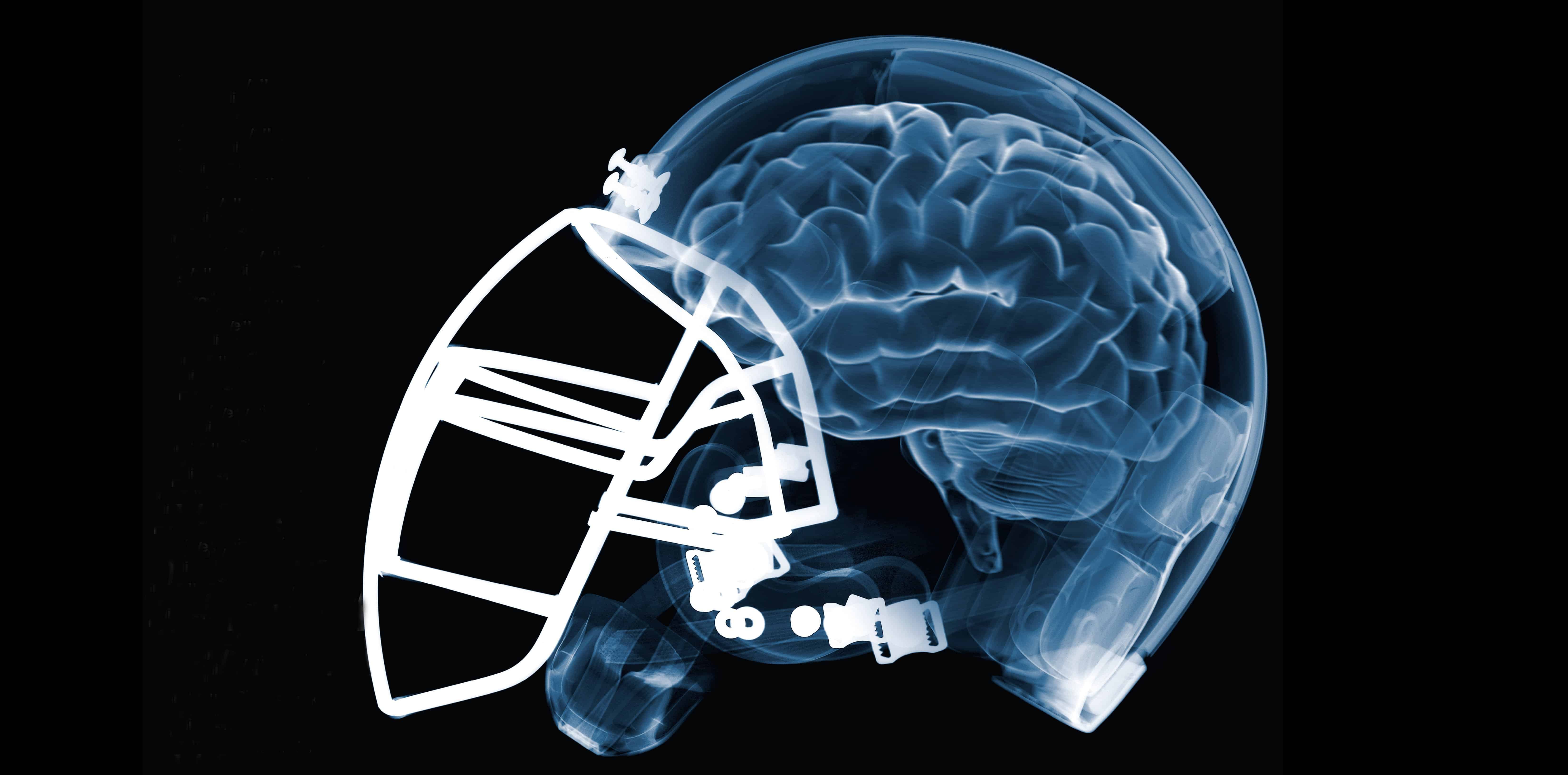Study Unravels CTE Biomarker, Paves Way For Diagnosis In Players
Currently, CTE can only be definitively diagnosed after death. Since CTE was identified in the brain of former Pittsburgh Steelers player Mike Webster in 2005, the disease has plunged football into an ongoing brain-injury crisis. A recent study of the brains of 202 deceased former football players revealed that 110 of the 111 who had played in the NFL had the condition.
Furthermore, there are multiple studies suggesting that repeated blows to the head can be bad for the brain—and of CTE being found in soccer players, soldiers, and others—this study only intensified concerns about football: Is the sport safe enough for children? For anyone?
But the fact that CTE can only be diagnosed posthumously makes answers difficult. Researchers also don’t know exactly how CTE starts—though research on concussed mice has offered intriguing clues—or how it progresses over time. They don’t understand why some people who suffer repetitive head impacts develop the disease while others don’t.
But now, a new research might be able to help us in this direction- diagnose it in the living.
“This is something new,” said Dr. Ann McKee, a neuropathologist and senior author of the study. McKee has performed many of the high prof
ile diagnoses of CTE among former pro-football players and is director of the Boston University CTE Center. “The next step is repeating, validating our findings, and seeing if we can detect it in blood, and of course doing it in living subjects. These are critical next steps,” she said.CTE is a condition that affects individuals who have suffered concussions. When an individual sustains impact that causes their brain to swivel within their CSF, the brain of that individual releases a protein called pTau. The build-up of pTau causes degradation of brain tissue, which can cause the sufferer to experience symptoms such as memory loss, depression, anxiety, dementia, and increased levels of suicidality.
If you’re still wondering, the researchers at Boston University’s School of Medicine, have discovered a new biomarker for CTE. They have identified an inflammatory protein circulating in spinal fluid that may reflect the presence of CTE in patients’ brains. That telltale protein, called CLL11, appears likely to make its way into the bloodstream, where it might readily reveal the presence of a degenerative process akin to premature aging in the brain.
The study evaluated the brains of 23 deceased football players with CTE, and compared them to the brains of 50 deceased people diagnosed with Alzheimer’s disease and the brains of 18 deceased non-athletes.
When compared to the brains without CTE, researchers found those brains with CTE had significantly higher amounts of CCL11, even when compared to those brains with Alzheimer’s, another degenerative brain disease. Furthermore, they found that the more years someone played football, the higher amount of the protein. However, contrary to the popularly held belief that a greater number of concussions are linked to CTE , no connection was found between levels of CCL11 and reported number of concussions. In addition, the number of reported concussions tend to be an unreliable indicator in general, because they are usually self reported.
Although there are different stages of the disease that indicate how far it has progressed, this study was unable to determine any connections between levels of CCL11 and severity of CTE.
“A focal abnormality in the front cortex of patients is noted in even the youngest patients”, McKee said. “The abnormality is not only composed of tau protein deposit, but lesions surrounded by small blood vessels leaking proteins into the brain. These lesions are also neighbored “enormous inflammatory response,” McKee said.
“There’s a direct relationship between inflammation and tau pathology,” McKee said. “One of the good possibilities for this progression is this persist — this sort of out-of-control inflammatory response.”
Though it’s currently conjecture, if CCL-11 proves to be a reliable CTE biomarker, there’s good reason to think it can be found in the small blood vessels leaking to the brain, McKee said. Therefore, it could turn out to be a characteristic protein found in living patients’ spinal fluid through procedures.
Boston University CTE Center researchers are also conducting 3 ongoing studies related to next steps. The Diagnosing and Evaluating Traumatic Encephalopathy Using Clinical Tests (DETECT) study, funded by the National Institutes of Health (NIH), is focused on developing diagnostic tests. According to the center’s website, subjects will undergo MRI scans, MRS scans, blood tests, and protein measures of spinal fluid.
McKee hopes future studies might be able to show the biomarker can be found in blood tests and perhaps show whether elevated CCL11 levels reveal anything about the severity of a subject’s disease. While the research will continue, McKee and her team are hopeful this latest discovery finally cracks open a door they have been staring at for a dozen years.
“This was the first finding of a really unique component in this disease compared to others and compared to controls, so, yeah, it’s a eureka moment, but we don’t think it’s the end,” she said. “We think it’s the beginning.”
































